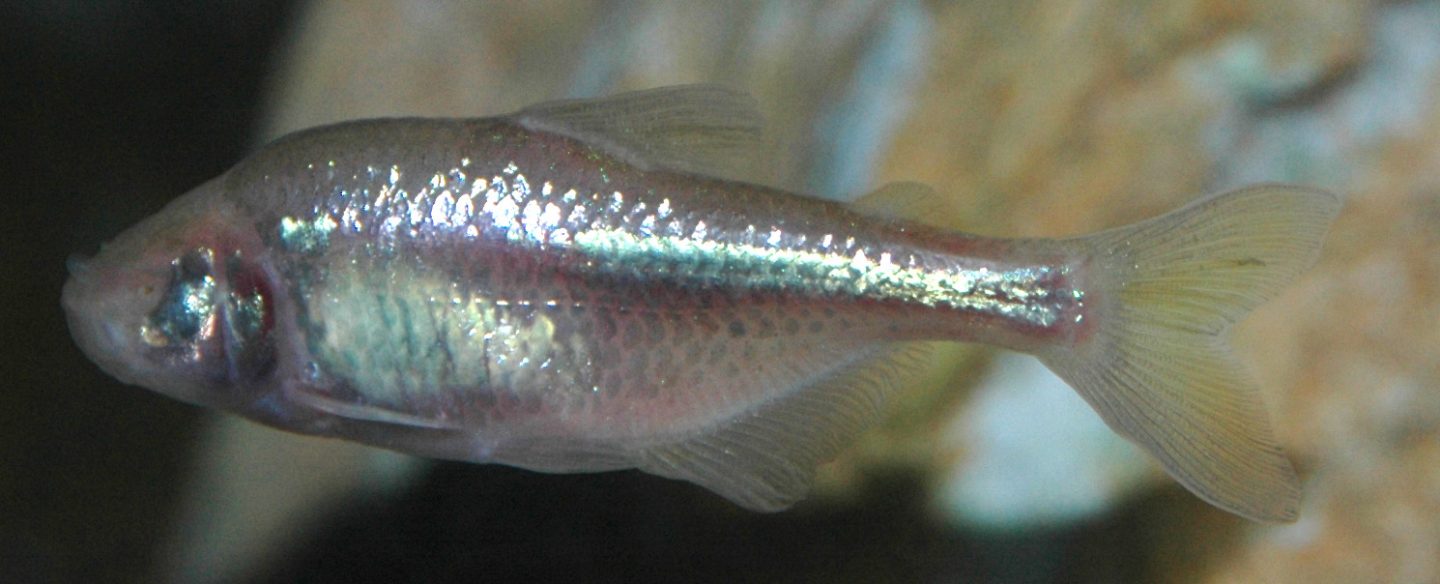It’s final exam season and if you’re like most of us students who are in their fourth year and still don’t know how to properly manage their time to effectively study (I’m definitely calling myself out here), you’re probably exhausted and would rather be sleeping than reading this right now (I know I’d rather be sleeping than writing this). I’m sure you’ve at least once in your academic career have said something along the lines of, “imagine how much time we would have to study if we didn’t need to sleep”…or eat or shower or do anything really. Okay, I went a little too far with that, but you get what I mean. Not being tired would save you tons of time and you wouldn’t have that little devil vs. angel battle going on in your head about whether or not you should take a quick nap and then try to get back into studying again. If you’re not one of those pro-nappers, then we all know how risky it is to try to get some shut-eye the day before an exam…*decides to take a quick 20 minute nap, wakes up three hours later*.
Ever been jealous of a fish? Well, you’re about to be.
The Mexican cavefish, Astyanax mexicanus, only needs two hours of sleep in a 24 hour cycle. It also doesn’t face any adverse effects developmentally or on its health even when it’s deprived of sleep. Sleep patterns vary immensely among all the organisms in the world; why did us humans have to get stuck with requiring a solid eight hours? So not fair. Honestly though, is it just me or do you also not feel recharged even after a solid eight hours of sleep? I can’t remember the last time I didn’t feel tired…I think the last time I got a full night of sleep was in the womb. On the bright side, at least we don’t need as much sleep as a brown bat does- one of those guys’ needs about 20 hours of sleep a day…but then again, those guys can fly, so never-mind, they still get the better end of the stick.
Cavefish are model organisms, along with Drosophila melanogaster and zebrafish, that are used to help scientists understand sleep and wakefulness better, along with why sleep cycles vary so much among organisms. For example, the circadian clock network has been studied extensively in Drosophila.
There are two different populations of A. mexicanus. One is a surface population, which inhabits rivers, and there are also multiple populations that inhabit caves. The surface population doesn’t have the same sleep pattern as the one that resides in caves. They’re lame like us and require eight hours of sleep. Cavefish have bodies that contain very little pigment, and they are also blind. Both of these traits help them regulate their sleep.
A journal article published on A. mexicanus this year reported that signalling of the HCRT gene which encodes the neuropeptide hypocretin or orexin plays an important role in sleep regulation. HCRT inhibition in cavefish was seen to increase their requirement for sleep. This finding may possibly lead scientists to finding a way for humans to require less sleep, via enhanced HCRT signalling.
There were many findings as to how the underlying mechanisms of sleep are controlled in cavefish, in relation to the HCRT gene. One finding showed that the HCRT neurons are regulated by leptin, which is an adipose peptide hormone. Surface populations of cavefish have lower adipose levels, which would explain the difference between the populations: starvation lowers leptin levels, which in turn inhibits HCRT expression to promote sleep in cavefish.
And you thought that you were always sleepy: Narcolepsy
The neuropeptide hypocretin is found in the hypothalamus of many organisms, including humans. Deficiencies in HCRT include sleep disorders such as narcolepsy in humans. Narcolepsy is characterized by excessive sleepiness, sleep paralysis, hallucinations and can also be associated with cataplexy. People with narcolepsy can fall asleep involuntarily throughout the day during normal activities. HCRT neurodegeneration is thought to be associated to autoimmune processes. Narcolepsy with HCRT deficiency is linked to human leukocyte antigen (HLA) and T-cell receptor (TCR) polymorphisms. This suggests that an autoimmune process targets a single peptide that is specific to HCRT cells via HLA-peptide-TCR interactions. Processes such as molecular mimicry and bystander activation have also shown association to the disorder because of disease onset in children and associations with Streptococcus pyogenes and H1N1 infection and vaccination. Molecular mimicry is a mechanism of autoimmune disease. It’s when a foreign antigen has similarities with self-antigens. Self-antigens are the antigens on your own cells. This mechanism can lead to autoimmune diseases because the immune system may recognize self-antigens as foreign and this can lead to the destruction of specific tissues and organs. Bystander activation is when T-cells are activated without T-cell receptor stimulation. In this case, T-cells end up skipping over particular immune regulatory checkpoints.
Current treatments for narcolepsy are symptomatic and they consist of therapeutics that promote wakefulness. These therapeutics raise presynaptic dopamine release and anti-cataplectic agents that activate monoaminergic neurotransmission. Research is still being done towards developing hypocretin replacement therapy.
Sleep serves a major role in biology, and model organisms have assisted in understanding the mechanisms of sleep, and in particular, the neurobiology of the HCRT system, but it is still a huge mystery.
In the meanwhile, who wants to sign a petition for Apple to come out with a charger for humans? I mean, since it can’t seem to make efficient chargers for iPhones anyways, it might as well try something different.


Recent Comments